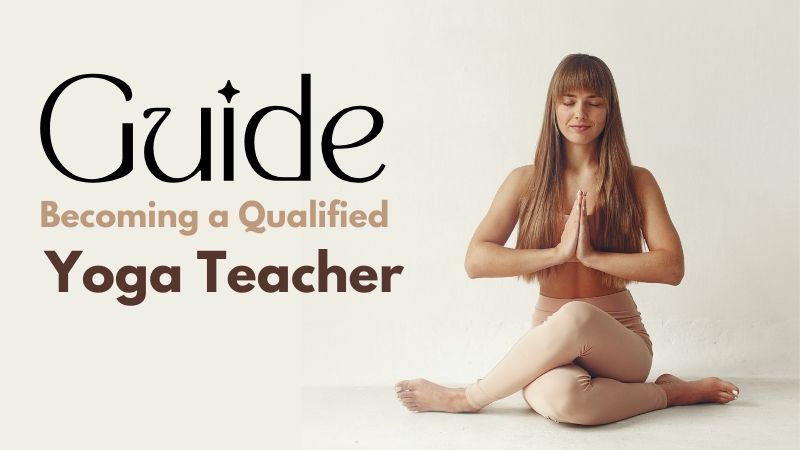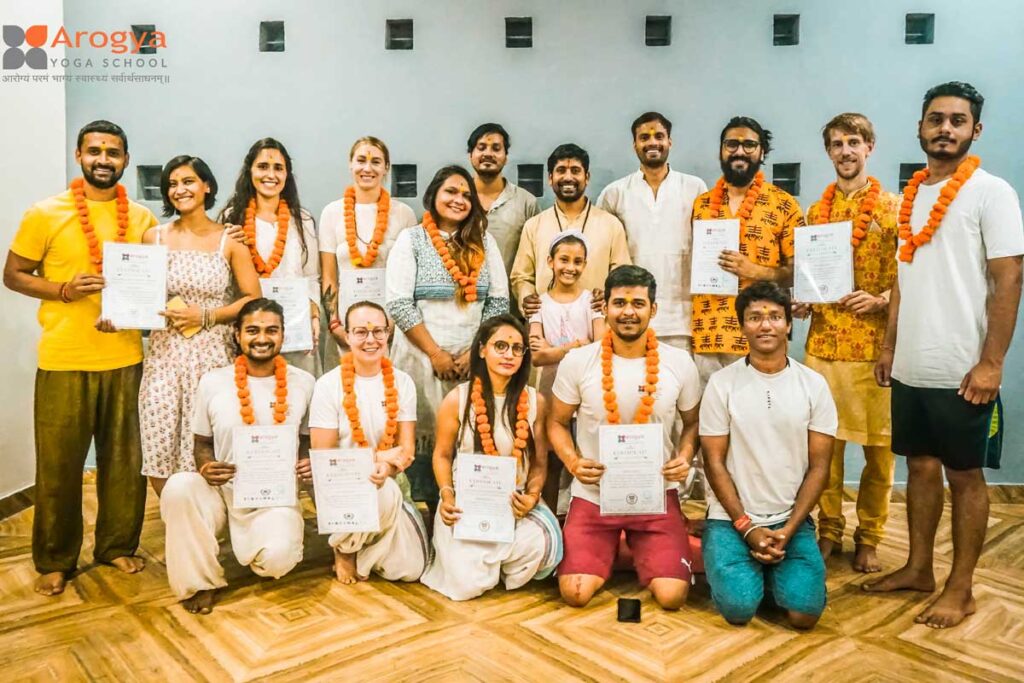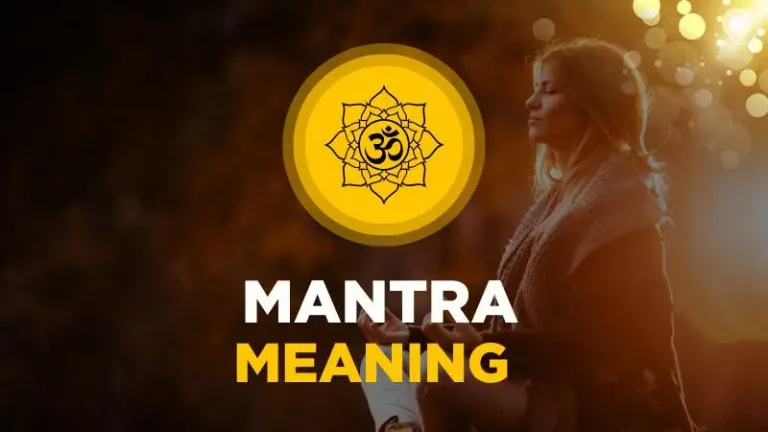
How to Becoming a Qualified Yoga Teacher
Are you passionate about yoga and eager to share its benefits with others? Becoming a certified yoga teacher is a rewarding path, allowing you to transform lives while deepening your practice and understanding. This guide will walk you through the essential steps to becoming a qualified yoga instructor.
Step 1: Do Yoga Regularly
Before teaching yoga, immerse yourself in the practice. Commit to a regular routine to build a strong foundation in yoga.
Why Regular Practice Matters
- Experience: Understand different styles like Hatha, Vinyasa, and Ashtanga-Vinyasa to decide which resonates with you.
- Insight: Experience first-hand the physical and mental benefits of yoga.
- Preparation: Familiarize yourself with poses and sequences you’ll teach.
- Recommendation: Aim for at least one months of consistent practice before starting teacher training.
Step 2: Complete a 200-Hour Yoga Teacher Training Program
Choose a program registered with Yoga Alliance to ensure it meets industry standards.
What to Expect
- Curriculum: Includes yoga philosophy, anatomy, teaching methodology, and hands-on practice.
- Credentials:
- RYT (Registered Yoga Teacher) – Requires completion of a 200-hour Yoga teacher training.
- E-RYT (Experienced RYT) – Requires additional teaching experience.
- CYT (Certified Yoga Teacher) – A general designation outside Yoga Alliance.
- Outcome: Pass a final exam to demonstrate competency and earn certification.
Step 3: Get Certified
Successfully completing the training involves passing written and practical exams. Certification is your ticket to teaching in studios and beyond.
Step 4: Register With Yoga Alliance
While not mandatory, registration with Yoga Alliance is often preferred by employers.
Why Register?
- Recognition: Yoga Alliance is a globally recognized body.
- Credibility: Shows adherence to high standards.
- Requirements: Training must be from a Yoga Alliance-registered school.
Step 5: Consider Taking Advanced Yoga Training
Enhance your skills with further education, such as a 300-hour or 500-hour certification. This advanced training can open doors to more opportunities and deepen your practice.
Continued Learning
- Commitment: Stay informed and continue learning.
- Passion: Prioritize student growth and well-being.
Common Concerns in Becoming a Yoga Instructor
Training Prerequisites
- Experience: No need for years of practice—six months suffice.
- Age & Gender: Open to all ages and genders.
Career Opportunities
- Opportunities: You can teach in studios or online.
- Location: Available worldwide; consider destinations like Bali or Thailand for training.
Financial Considerations
- Budget for course fees, travel, and accommodation.
- Other Costs include visas, vaccines, laundry, and onward travel.
Personal Confidence
- Public Speaking is common anxiety; overcome it with practice and community support.
Frequently Asked Questions
What Qualifications Do You Need to Be a Yoga Instructor?
A minimum of 200 hours of registered training, covering all aspects of yoga teaching.
How Long Does It Take To Be a Yoga Teacher?
At least six months of practice, plus four weeks for a 200-hour training program.
Is It Worth Getting Yoga Certified?
Yes, certification is an investment with personal and professional rewards, including fulfillment and community.
Can I Still Join Training if Pregnant?
It’s not recommended unless you are an experienced practitioner.
Is It Worth Becoming a Yoga Instructor?
Deciding whether to pursue a career as a yoga instructor involves several key considerations, from the challenges of becoming certified to the potential rewards of the profession.
Is It Worth It?
- Health and Fitness Benefits: One of the primary reasons people choose to become yoga instructors is the opportunity to help others stay healthy and fit. Guiding students through their practice can be incredibly rewarding as you witness their growth and transformation.
- Career Satisfaction: Many find yoga instruction to be a deeply satisfying career. It’s not just about leading classes; it’s also about building a community and impacting people’s lives positively.
- Time Commitment: Becoming a certified yoga instructor doesn’t require years of study. Most yoga teacher training programs can be completed in a few months. This relatively short time investment makes it an accessible option for those eager to start teaching.
- Immediate Opportunities: Once certified, you can begin teaching classes right away. This immediate transition from training to teaching allows you to quickly apply what you’ve learned and start gaining experience.

Conclusion
Becoming a yoga instructor is an enriching venture, blending personal growth with the joy of sharing yoga’s benefits. Ready to start your yoga teaching journey? Reach out to our team for guidance on the right training path for you. Namaste!




